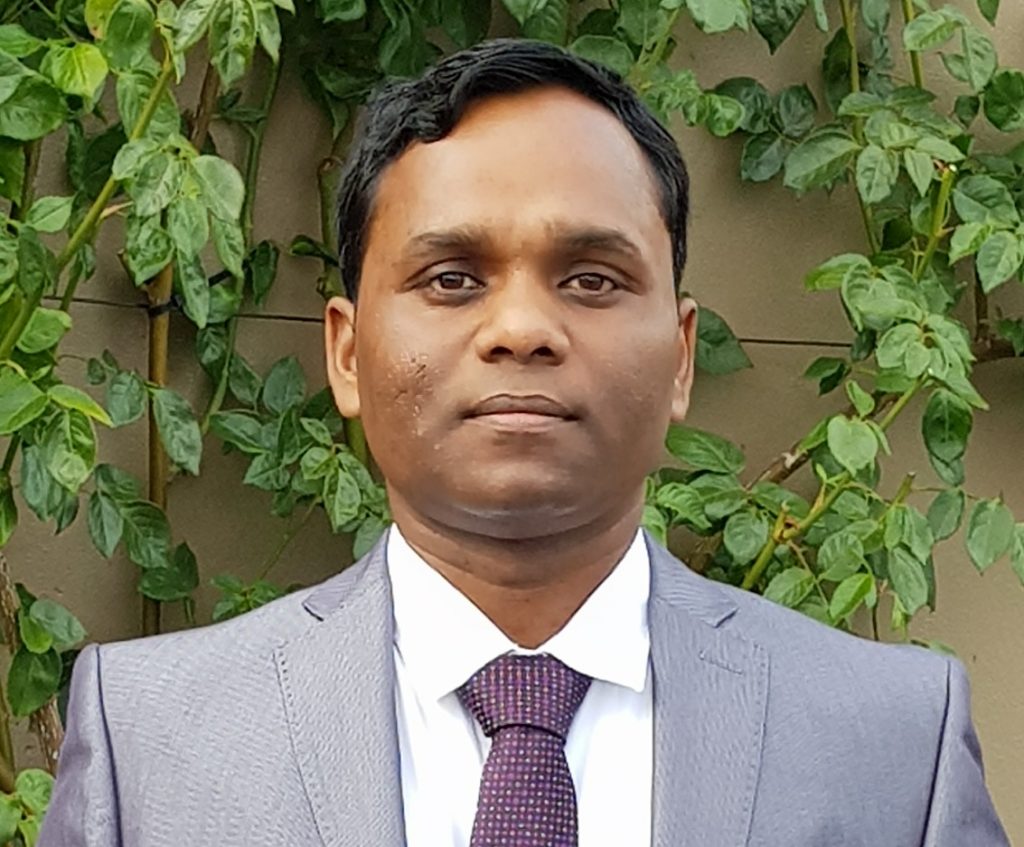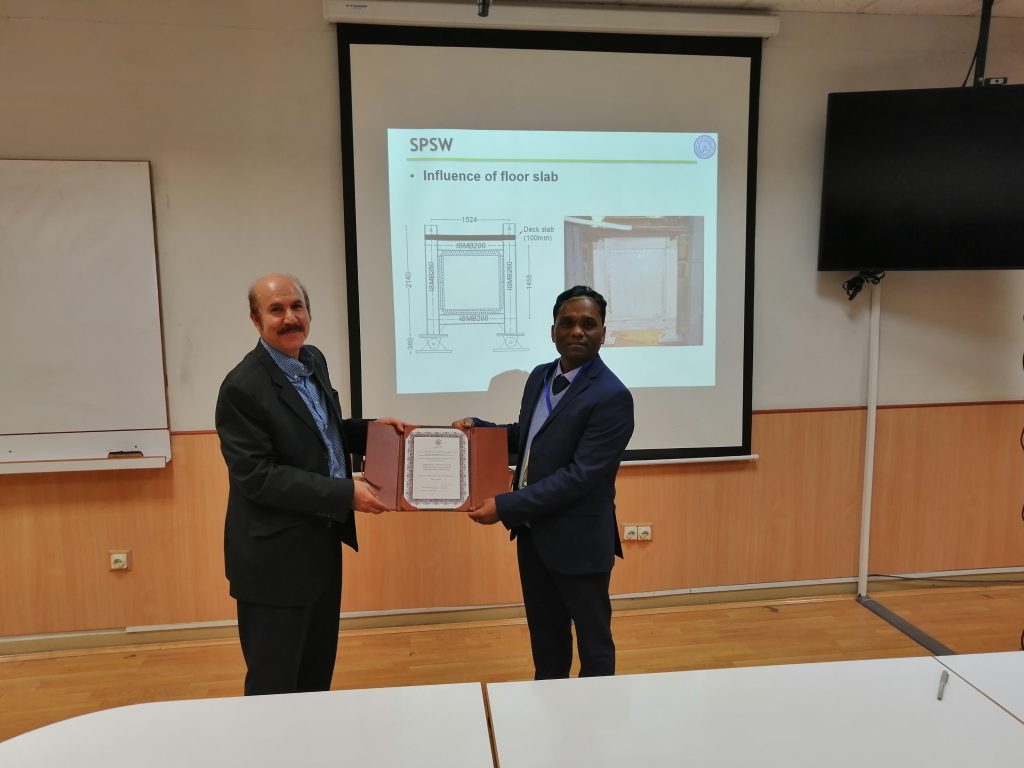
Dipti Ranjan Sahoo
Associate Professor, Department of Civil Engineering ,Indian Institute of Technology Delhi,New Delhi- 110016 (INDIA)
E-mail: drsahoo@civil.iitd.ac.in , http://web.iitd.ac.in/~drsahoo/
(Hosted by professor Khaloo)
Dr Dipti Ranjan Sahoo is an Associate Professor in the Department of Civil Engineering at Indian Institute of Technology (IIT), Delhi. He received his Ph.D. in Civil Engineering from IIT Kanpur in 2008 and worked as a Postdoctoral Fellow at the University of Texas at Arlington, USA during 2008-2010. His research interests are seismic design and behavior of steel structures, Passive vibration control and performance-based seismic design. He is a recipient of the prestigious Indian National Academy of engineering (INAE) Yong Engineer Aware, Institution of Engineers (India) Young Engineer Award. Department of Atomic Energy Young Scientist Award, and Department of Science and Technology Young Scientist Award. He has published more than 200 research articles in the reputed International and National Journal and Conferences. He has already supervised 7 Ph.D. dissertations and more than 100 Masters and Bachelors project and is currently guiding 11 Ph.D. students. He is the Associate Editor of Indian Society of Earthquake Technology (ISET) Journal and for the revision of Indian Standard codes for the revision of Indian Standard codes for design of reinforced concrete and prestressed concrete structures.
Abstract
Passive energy dissipation technique is widely adopted in the design practices to improve the seismic performance of structures. Metallic dampers are considered as one of the cost-effective passive devices available till date. This seminar was focused on the recent advances on the various types of metallic dampers and their applications in seismic retrofitting of structures. Specifically, Buckling –restrained braces (BRBs), Shear and flexure yielding devices (SAFYDs), and Steel Plate Shear walls (SPSWs) were discussed in detail. The applications of these device in controlling the seismic collapse of deficient non-ductile RC frames will be presented. The seminar also touched upon the real-time hybrid simulation and testing technique to evaluate the seismic performance of structures. Finally, the scope and funding availability for higher studies at Indian Institute of Technology (IIT) Delhi were presented in the seminar.

